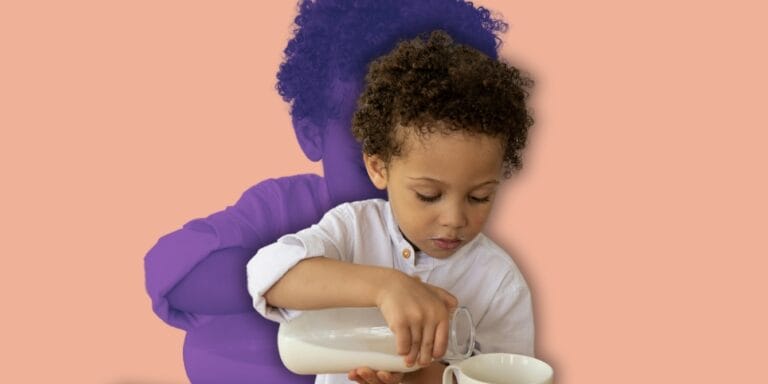8 changes family dentists offices are making as states reopen

Here's what to expect at your child's first dental checkup post-shutdown.
As parents ourselves (as well as dentists), we are sensitive to what children are going through right now. When kids feel fearful and anxious about an unfamiliar situation, it’s important to help them make sense of changes in their world.
Now more than ever, we need to familiarize ourselves with the facts so we can give our children a proper heads-up on what to expect—whether that’s at daycare, at the doctor’s office or at the dentist.
Official guidelines are constantly changing, but as of this writing here are some of the additional precautions being taken at dental offices, as well as suggestions for how to prepare yourself and your child for your next trip to the dentist.
1. Screening before and during visits
Both parent and child will be screened by phone when making the appointment and again at the time of the visit, so please be prepared to answer some questions about your travel, symptoms and contact with others.
On arrival, visitors will have their temperatures taken with a pulse oximetry reading. A pulse oximetry reading requires a small device to be placed on the finger or big toe. Most parents and children have seen these devices at the pediatrician’s office—and they don’t hurt a bit.
Some offices, like ours, are also offering antibody tests. If parents want to have their child tested, we recommend either having the “let’s be brave” talk beforehand or don’t say anything at all. Sometimes anticipation is the hardest part—even for adults!
2. Prepare to stay behind
Parents may be asked to stay in the waiting room, in a separate office or in the car while their child is treated at the dentist. It’s best to connect with your provider beforehand to prepare yourself and your child for when you are staying behind.
3. A new look for staff
At our office, we’re going above and beyond to protect our patients and our staff with PPE, or Personal Protective Equipment. Expect to see scrubs and full body gowns, hair coverings, masks and face shields at your little one’s next dentist visit.
To help young children prepare, talk to them in advance about what to expect. As we always say in children’s dentistry, “Tell, show, do.” Talk to your kids about masks and shields and why we use them. Show them a mask and even let them put it on. If you have extras, let your kids draw on a mask to make it their own. This kind of teaching and interaction will help them adapt when they see the dentists.
Facial expressions are hard to communicate through face masks, but know that we’re smiling underneath and happy to see you!
4. Play pretend
Before the first dentist visit after quarantine, try play-acting the dentist visit with a stuffed animal. Encourage your child to count and brush teeth, floss between their chompers, put on your masks and take turns in the big-kid dentist chair.
5. Masks are a must
All patients (over the age of 2) are required to wear masks while in the office—except during treatment. Staff and parents must wear masks, as well.
6. Decluttered waiting rooms
Expect to see a lot of hand sanitizer and less of everything else at the dentist’s office. Magazines, toys and books will be removed from waiting rooms to avoid transmission of the virus.
7. Expect a longer wait for an appointment date
Dentists are required to space appointment times between patients, and we’re seeing a backlog due to stay-at-home orders. Make sure to call well ahead of when you want to go into the dentist. Prepare to arrive a bit early for screening and bake in enough time for a longer-than-usual appointment time. Precautions require longer wait times for patient and staff preparation.
8. Prioritize praise and positive reinforcement
Even before the pandemic, visiting the dentist was a new and sometimes scary experience for children. The precautions may make a visit more difficult and even tedious, yet we encourage parents to continue prioritizing a solid brushing routine, encouraging praise along the way and rewarding healthy habits. Taking care of your pearly whites at home truly makes a difference at the dentist’s office.





































